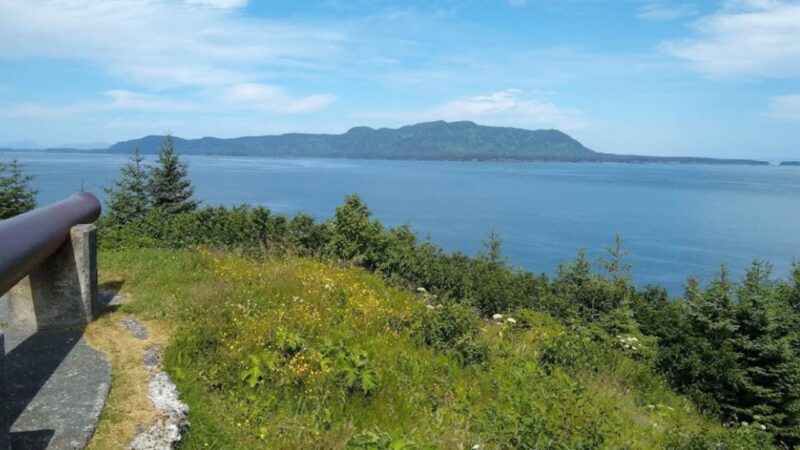Home to the tallest mountain in North America, Alaska has the country’s largest glacier and its largest national forest. So it’s no surprise there’s a treasure trove of landmarks in Alaska. Being cut off from the mainland and sparsely populated, its remoteness offers visitors a sense of awe and adventure.
Nature is the star of the ‘Last Frontier State’, a nickname of Alaska. Spectacular sights to discover in the different corners of Alaska include bears catching salmon, whales frolicking in glacial waters, lofty peaks dotting the horizon and incredible scenery. There’s just so much to see!
So, here is a list of some of the most famous landmarks in Alaska to get you started.
1. Anchorage Museum
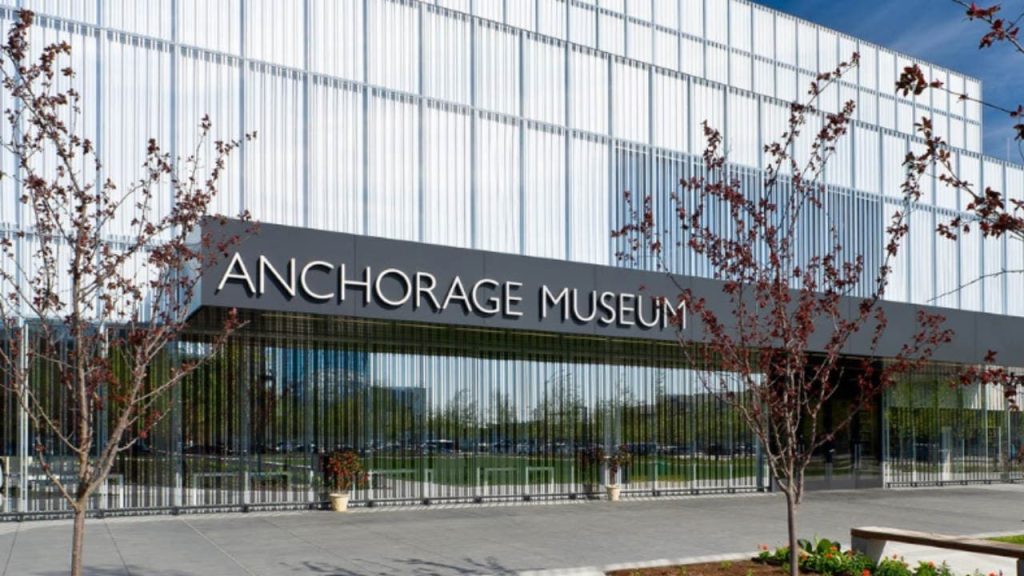
A visit to Alaska’s primary museum provides the best overview of the state’s architecture, culture, geography, anthropology, and politics. Anchorage Museum, a Smithsonian affiliate, is housed in an elegant new facility in downtown Anchorage with a floor area of 170,000 square feet (15,800 square meters).
Among the exhibits on show are artifacts from Alaska’s indigenous cultures, Alaskan art, and multimedia displays illustrating aspects of Alaskan life that are frequently overlooked.
2. Bering Expedition Landing Site
The Bering Expedition Landing Site is located on Kayak Island in the Gulf of Alaska. This is usually believed to be the location of the first scientific study of North America’s Northwestern region.
At the same time, George Steller, a European scientist, and Vitus Bering arrived at the landing location. They initially encountered no locals, but did detect traces of recent human activity.
At this historic location, Steller made his first attempt to communicate with indigenous Alaskans. Steller’s journal is one of the first sources of information about Alaska’s history in the Western world.
3. Arctic Circle
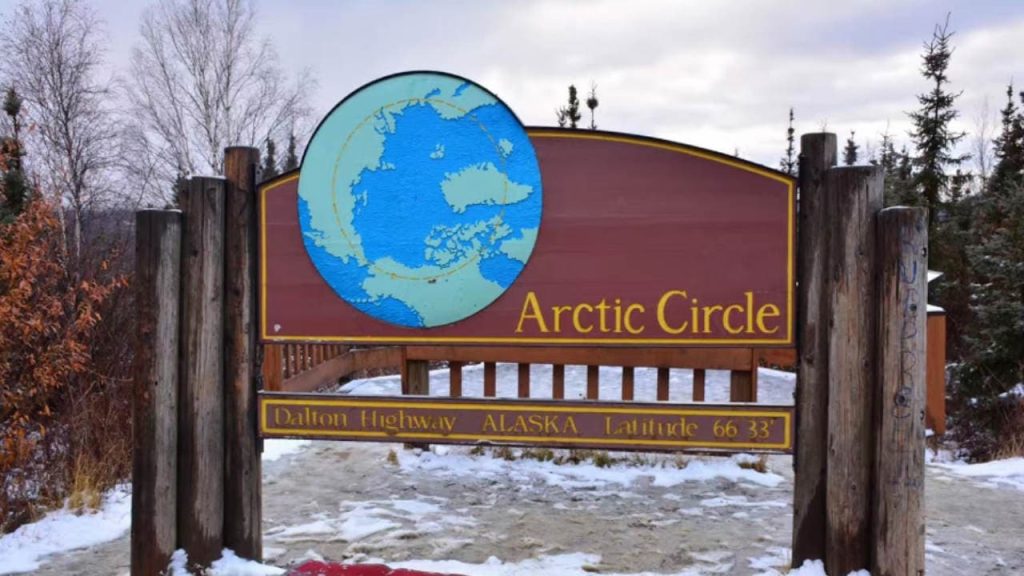
A trip to the Arctic Circle is a must for anybody visiting Alaska, as the thrill of exploring such far-flung and uncharted land is unlike anything else. The Dalton Highway, which runs for 185 kilometers through Alaska, provides easy access to the Arctic Circle.
In addition to taking a road journey, additional options include flightseeing over the Arctic Circle or embarking on an Arctic Cruise to witness this rare occurrence. For arctic wildlife and indigenous peoples, arctic permafrost landscapes are home.
You might also want to visit the best national parks in Alaska.
4. Fort Abercrombie State Historical Park

Kodiak Island’s Fort Abercrombie State Historical Park is a significant landmark. Its 182 acres of World War II-era scenery give it historical significance.
Forts, woodlands, meadows, and bluffs make up the historic park, which was established in 1969. Camping and hiking are also allowed in the park. Camping, picnicking, and hiking are also the popular activities in the area.
5. Alaska Sea Life Center
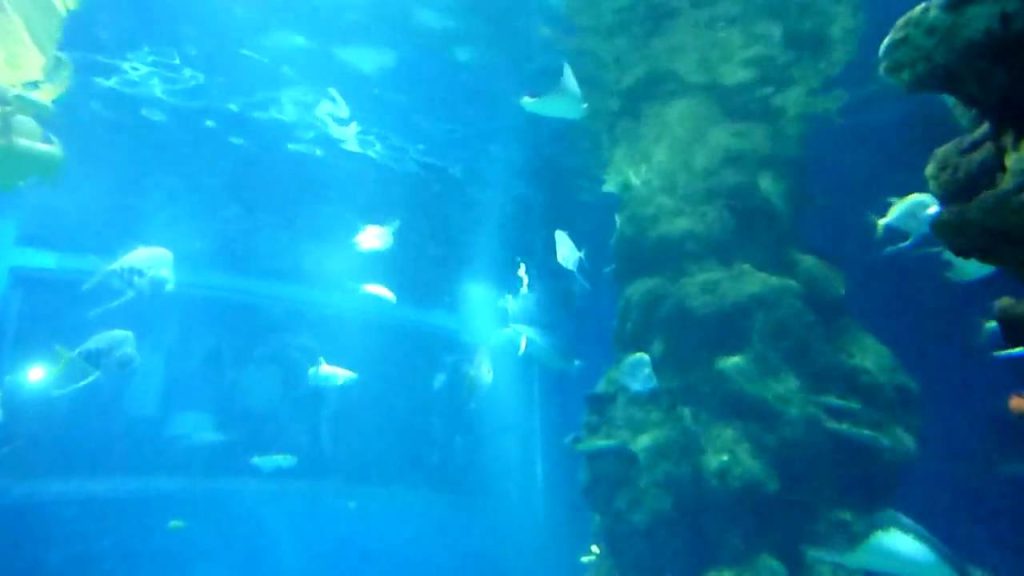
The Alaska Sea Life Center is the state’s sole facility for rehabilitating marine animals permanently. The institution, which opened in 1998, focuses on maritime research, teaching, and animal response.
An aquarium and research facility are housed within a non-profit institution for the first time anywhere. Moreover, the Sea Life Center focuses on creatures that have made Alaska their home. Fish, seabirds, invertebrates, and marine mammals all fall under this category.
6. Alaska Native Heritage Center
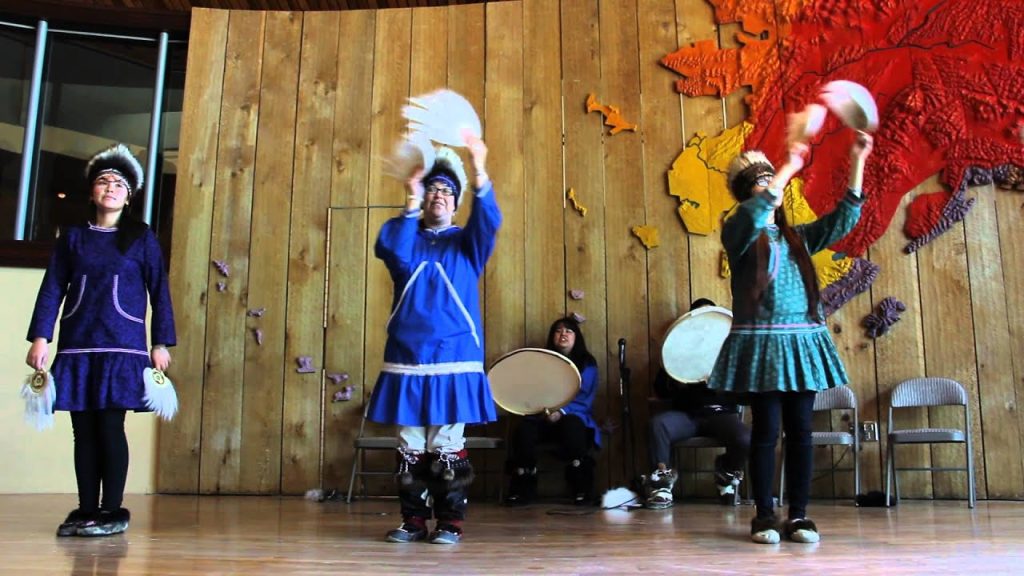
One of Alaska’s oldest and most important cultural and educational institutions, the Alaska Native Heritage Center, has been operating since 1999. The institution provides an overview of the region’s 11 major ethnic groups.
Forests surround the park, which is home to an amphitheater and hamlet sites in the form of miniatures. Also, Lake Tiulana can be found in the Alaska Native Heritage Center.
Learn more about the tallest mountains in Alaska.
7. Totem Bight State Historical Park
In contrast to other Native American historical sites, Totem Bight State Historical Park depicts Native American culture as it is today, rather than how it was in the past. Located on the site of a former fishing ground, the park recreates an 1800s Native Alaskan community.
Totem poles and towns were left behind when Native Americans relocated to find work in the 20th century. In 1938, the United States Forest Service (USFS) began restoring the damaged structures. And, in 1970, the site was placed on the National Register of Historic Places and renamed Totem Bight.
8. Klondike Gold Rush National Historical Park
Klondike Gold Rush National Historical Park is one of Alaska’s most significant historical sites. It commemorates the 1890s Klondike Gold Rush, which drew tens of thousands of new residents from the United States.
Among the park’s four sections, three are located in Alaska: the Historic District, the Chilkoot Trail, and the White Pass Unit. Skagway is located in the northern part of Alaska’s Inside Passage, and the park is accessible via a ferry.
9. Totem Bight State Historical Park
U.S. Forest Service efforts have preserved towns and totem poles left behind by indigenous peoples in Totem Bight State Historical Park. They have been restored and saved since 1938, when they were first discovered.
Tlingit and Haida history is depicted through the totems and a vibrant Clan House in the center. The forest’s well-marked pathways feature historical and cultural exhibits. Located on top of the Tongass Narrow, the deck provides a stunning view of the ocean and beach.
10. Novarupta Volcano
As one of the most dramatic volcanic eruptions of the twentieth century, the Novarupta eruption reshaped the surrounding landscape, affecting nearby native villages and altering global weather patterns in the process. Katmai National Park and Preserve includes Novarupta Volcano.
In June 1912, a volcano called Novarupta erupted for the first time in more than a century. It was the most massive eruption of the twentieth century, and it made the Katmai region famous around the world. The Aleutian volcanic arc, which includes Novarupta, is one of the most active in the globe.
These volcanoes form a chain that runs from Alaska to the Aleutian Islands. In Katmai National Park and Preserve, there are about 50 volcanoes. In the Valley of Ten Thousand Smokes and Novarupta crater you trek.
11. Kodiak Island
The second-largest island in the United States is Kodiak Island. A mountainous east and north side characterize this lovely Cyprus-sized island. There are many bays on the island that are deep enough to accommodate boats.
Island Kodiak is home to the largest fishing port in all of Alaska, Kodiak. The Kodiak National Wildlife Refuge, which protects a wide variety of wildlife, birds, and fish, occupies more than half the island. In addition, Kodiak Island is home to the largest U.S. Coast Guard base.
12. Brook Falls
Katmai National Park’s glacially-fed streams host one of the most significant wildlife events of the year. Visitors at Brooks Falls gather in late June and early July to observe the salmon flow and the grizzly bears who compete for the salmon in a raucous fishing competition.
Grizzly bears, eager for a meal, often catch the spawning salmon as they leap upstream against the torrent. Really, the natural beauty of the scene is breathtaking.
However, you’ll need to plan ahead if you want a front-row seat to this rare natural phenomenon, as it can only be seen by few people.
13. Kenai Fjords National Park
Kenai Fjords National Park, located south of Anchorage, is one of Alaska’s most scenic areas. The park’s primary attraction, the Harding Icefield, is located on the Kenai Peninsula. It is one of the greatest ice fields in the country.
Within the park’s limits are around 40 glaciers and dozens of fjords. The over 700,000-acre national park is home to a variety of species, including brown and black bears, sea otters, killer whales, and harbor seals. Boats, aircraft, and walkways are all possible forms of transportation for park visits.
14. Wrangell-St. Elias National Park and Preserve
Wrangell–St. Elias is the state’s largest national park. The park protects both the animals and the area’s natural beauty. Mount St. Elias, North America’s and Canada’s second-tallest peak, is located within the enormous park. It stretches from the highest peaks all the way to the sea.
Despite the fact that the park’s majority of volcanoes have ceased to be active, Mount Wrangell continues to erupt. This magnificent national park also has Malaspina Glacier, the largest piedmont glacier.
15. Alaska Native Brotherhood Hall
The Alaska Native Brotherhood’s first branch, the Alaska Native Brotherhood Hall, still stands today. In 1987, the site was added to the National Register of Historic Places.
As a response to the exclusion of Native Americans from movie theaters and eateries, the organization was established in 1912. The Brotherhood played a key role in Alaska’s fight against racial discrimination, which led to Native Americans finally being granted full citizenship in the United States.
16. Prince William Sound
The Prince William Sound region of Alaska is a popular tourist destination since it has something for everyone. Because sea lions, orcas, and humpback whales are commonly spotted in its seas and along its shoreline, it is a great destination for people who are interested in the marine life of the ocean.
17. Kayak Island
One of the most well-known historical locations in Alaska is Kayak Island, which may be found in the Gulf of Alaska. An army lieutenant from Russia came up with the name over two centuries ago when he saw that the shape of the island was similar to a skin boat that he had seen the indigenous inhabitants of the area build.
18. Tony Knowles Coastal Trail
The Tony Knowles Coastal Trail is widely considered to be among the most beautiful hiking paths in the United States. It winds its way for eleven miles from downtown Anchorage to Kincaid Chalet and was named after the former mayor of Anchorage who served from 1982 to 1987 and later as governor of Alaska from 1994 to 2002.
A trip to the 49th state also unveils the culture and history of this ancient land that has seen both the native tribes and the Gold Rush pioneers eke out their livelihood. From the heavenly Aurora lighting up the night sky to hiking, rafting, fishing, and cruising the fjords, Alaska is a bucket list destination for travelers of all kinds.

